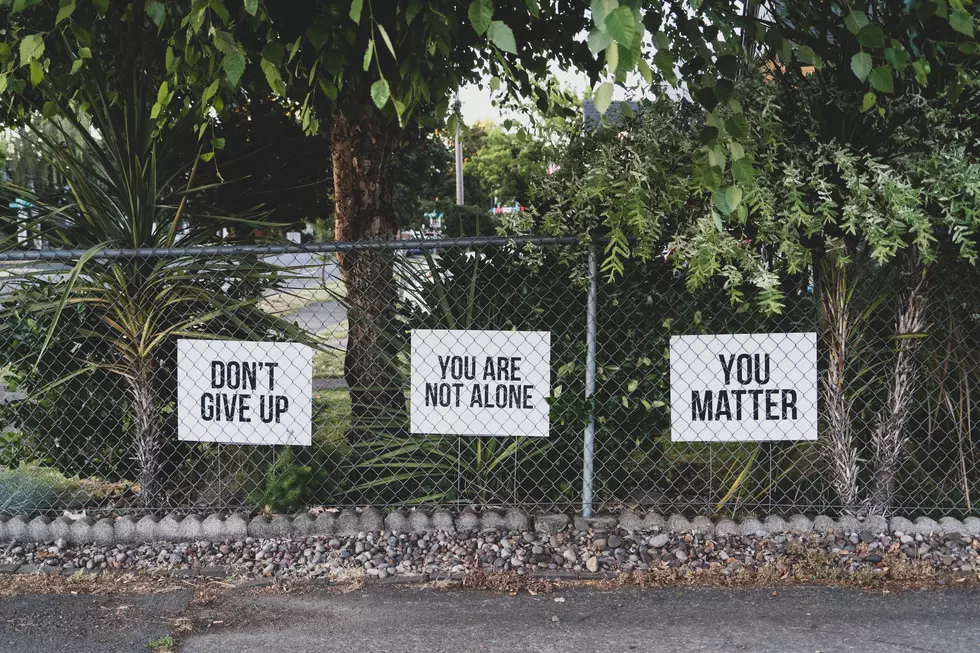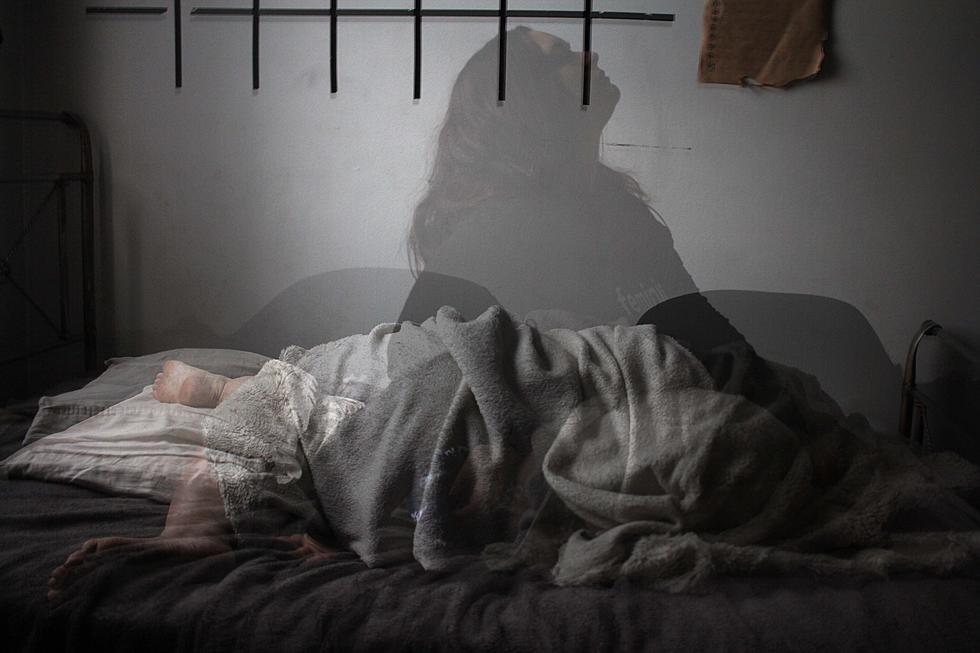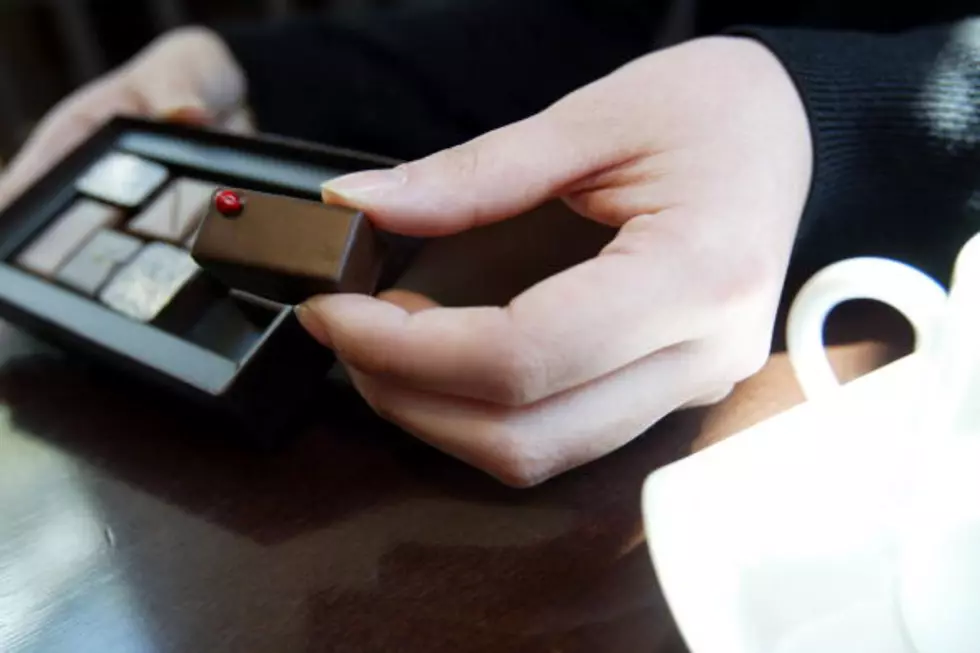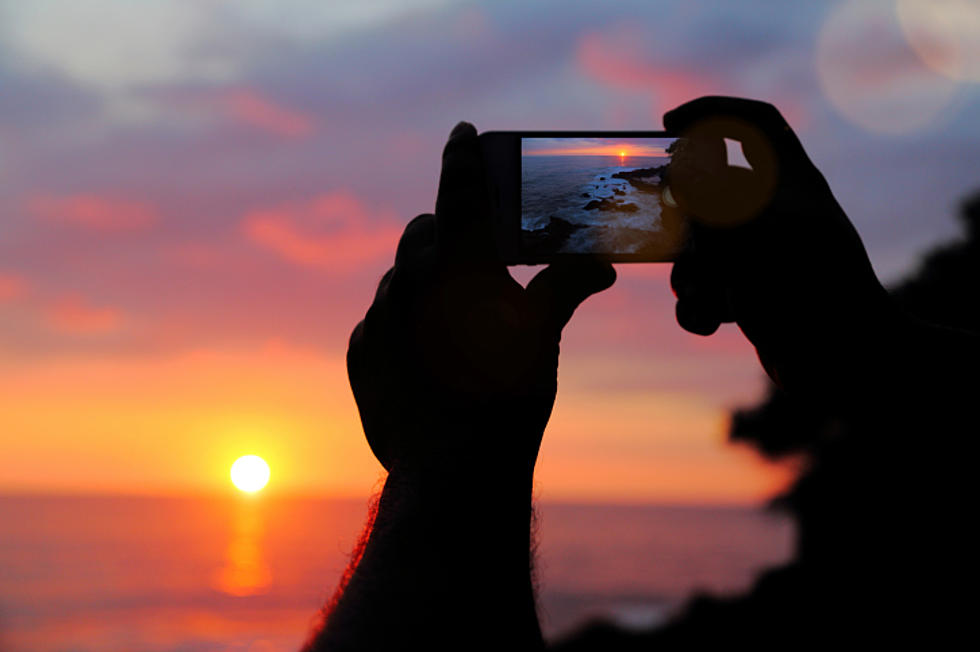
Does Earlier Sundown Get You Down?
There's an old saying, "It gets later earlier this time of year". As we've noticed in the past week or so in central New York, nightfall comes a lot earlier now that we've gone back on Standard Time, and that can cause some people to feel down.
There is a condition known as seasonal affective disorder, where people feel depressed due to lack of daylight. Here's more on the subject according to webmd.com:
WebMD Feature
Reviewed by Michael W. Smith, MD
WebMD Archive
A wistful feeling comes over us in late autumn, as the last remaining leaves drop, morning frosts cover the ground, and the sun sets earlier each day. Hot cider and the warmth of a favorite old coat may be all you need to face the coming winter with good cheer, but for many people, fall melancholy deepens to winter depression.
Winter depression is still a mystery to scientists who study it. Many things, including brain chemicals, ions in the air, and genetics seem to be involved. But researchers agree that people who suffer from winter depression -- also known as "seasonal affective disorder," a term that produces the cute acronym SAD -- have one thing in common. They're particularly sensitive to light, or the lack of it.
Many studies have shown that people with seasonal affective disorder feel better after exposure to bright light. Replace lost sunlight with bright artificial light, and your mood improves. But it's actually far more complex. Alfred Lewy, MD, a seasonal affective disorder researcher at the Oregon Health & Science University, says it's not only a matter of getting light, but also getting it at the right time. "The most important time to get light is in the morning," he says.
He thinks seasonal affective disorder is due to a "phase-shift" of the circadian rhythm. The wall clock may tell you it's time to get up and at 'em, but your body's internal clock says you should be resting. Bright light in the morning resets your circadian clock."
More From 96.1 The Eagle







